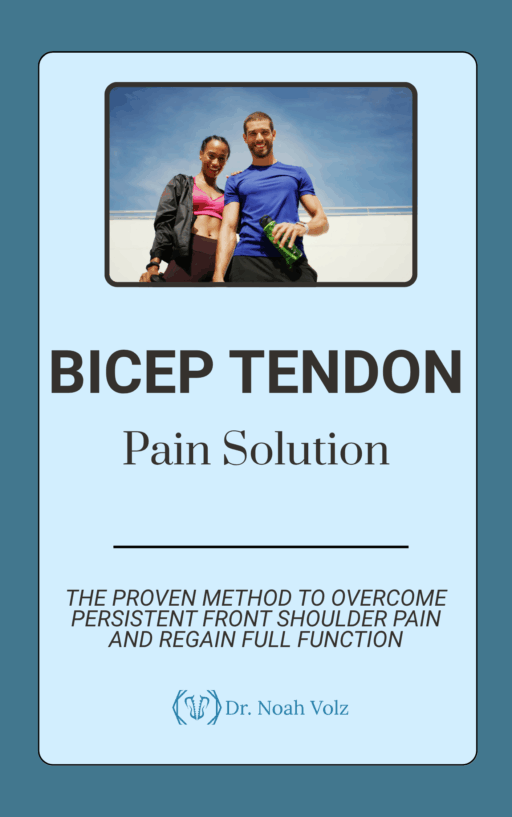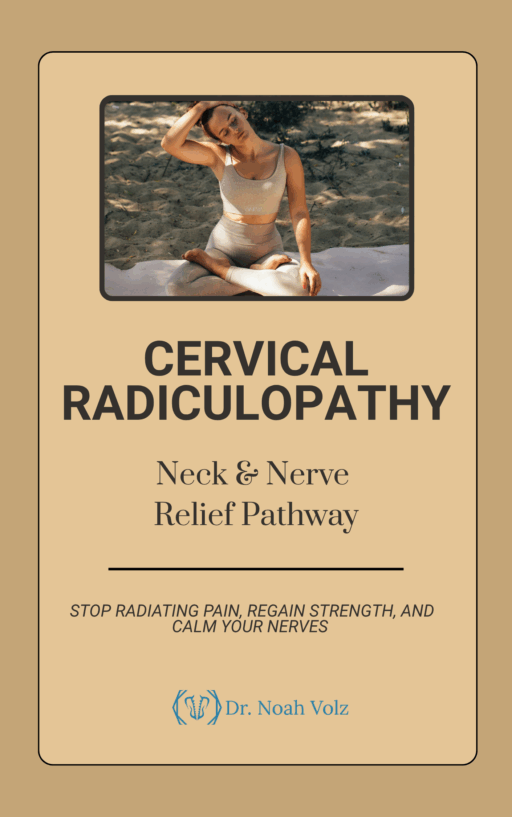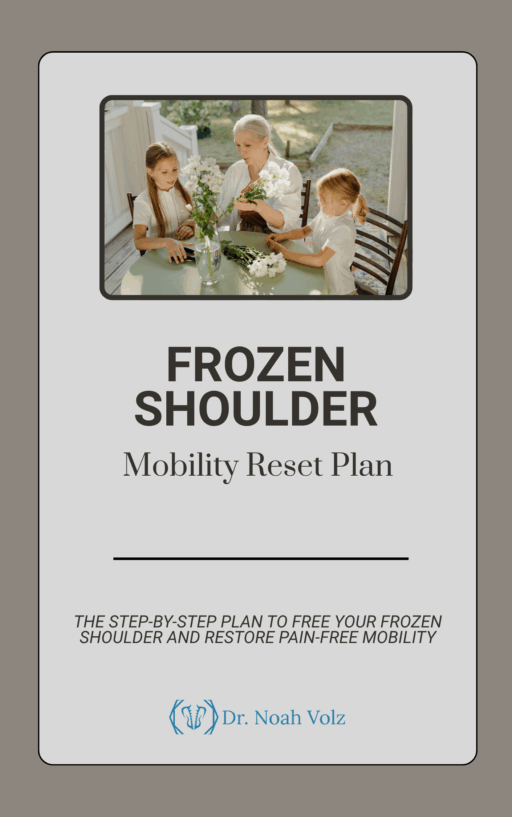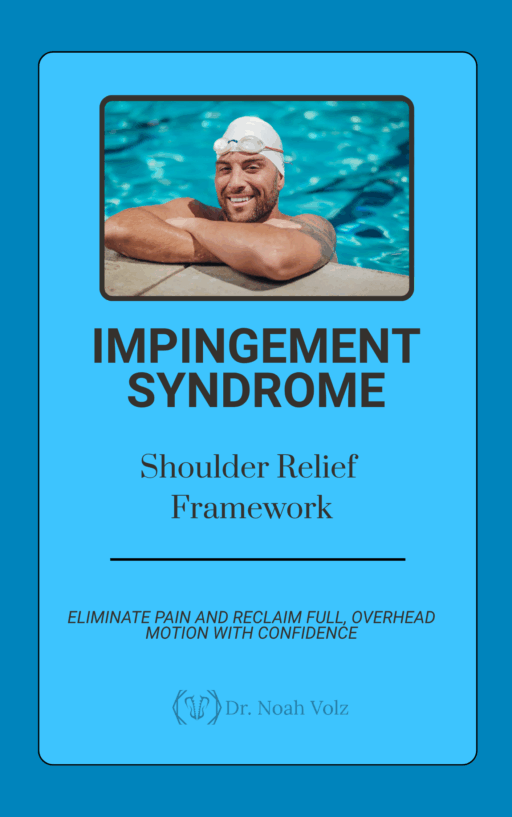As I sat in my favorite coffee shop, sipping a steaming latte and watching the autumn leaves dance outside the window, I couldn’t help but smile. A young boy at the next table was building a tower with wooden blocks, his tongue sticking out in concentration. Each block he added made the structure a little taller, a little more precarious.
Suddenly, the tower wobbled and crashed to the table. The boy’s face fell for a moment, but then he grinned and started rebuilding, this time with a wider base.
I chuckled to myself, realizing how much this little scene mirrored the evolution of chiropractic theory. We, too, had built our tower of understanding block by block, sometimes watching it tumble, only to rebuild it stronger and more stable.
The Foundation: A Tale of Alignment
In the early days of chiropractic, we were a lot like that boy with his first tower. We focused on the tangible, the visible – the alignment of the spine. Our tools were our hands and X-rays, our goal to straighten what was crooked.
I remember my early days as a chiropractor, pouring over X-rays like they were ancient maps, searching for the treasure of perfect alignment. “Aha!” I’d exclaim, pointing to a slightly tilted vertebra. “There’s the culprit!”
But as time went on, something began to nag at me. Some patients with picture-perfect spines were in constant pain, while others with spines that looked like roller coasters on the X-ray bounded about pain-free. It was as if the spine was whispering a secret we hadn’t yet learned to hear.
The Plot Twist: Enter the Nervous System
Just as our profession was scratching its collective head over these puzzles, neuroscience burst onto the scene like an enthusiastic dance partner, grabbing our hand and pulling us into a new, complex, and beautiful dance.
Suddenly, we weren’t just bone doctors – we were neural cartographers, exploring the intricate maps of the nervous system. It was like switching from a paper map to Google Earth. We could zoom in and out, seeing how each part connected to the whole.
I remember the first time I explained this new perspective to a patient. “Imagine your brain as a conductor,” I said, gesturing dramatically, “and your body as an orchestra. Sometimes, the conductor loses track of a few instruments, and the music gets a bit… chaotic.”
My patient, a retired music teacher, lit up. “So, you’re not just tuning the instruments,” she said, “you’re helping the conductor remember the whole symphony!”
The Neuroplastic Revolution
As our understanding grew, so did our appreciation for the brain’s incredible ability to change and adapt – neuroplasticity. It was like discovering that our tower of blocks could learn to rebuild itself!
This revelation brought a playful curiosity to our work. We weren’t just fixing spines; we were explorers in the vast, uncharted territory of the nervous system. Each patient became a unique puzzle, a new landscape to map.
I started incorporating fun, exploratory movements into my treatments. “Let’s wake up your brain’s body map,” I’d say, guiding patients through gentle, often silly-looking exercises. The laughter that often ensued was, I suspected, as healing as any adjustment.
The Symphony of Healing
As our profession evolved, we began to see that true healing was a collaborative symphony. The chiropractor wasn’t the conductor, but rather a supportive member of the orchestra, helping the body remember its own music.
We learned to listen not just with our hands, but with our hearts and minds. We became curious about our patients’ lives, their stresses, their joys. We realized that sometimes, a compassionate ear could be as powerful as the most precisely applied adjustment.
The Ever-Growing Tower
As I watched the boy in the coffee shop continue to build and rebuild his tower, I realized that our journey in chiropractic was far from over. Each new discovery in neuroscience, each patient interaction, added a new block to our understanding.
Our tower of knowledge might wobble from time to time, but with each rebuild, it grew stronger, more flexible, more able to withstand the winds of change.
As I finished my latte and prepared to head to my clinic, I felt a surge of excitement. What new discoveries awaited? What secrets would the spine whisper to us next?
I stood up, catching the eye of the boy with his block tower. I gave him a wink and a thumbs up. “Keep building, kid,” I said. “The view only gets better from here.”
And with that, I stepped out into the crisp autumn air, ready for another day of exploration in the fascinating world of chiropractic care. After all, every spine has a story to tell, and I couldn’t wait to listen.
-

Bicep Tendon Pain Solution
$50.00 -

Brain Detoxification & Recovery System
$50.00 -

Brain Energy and Endurance Support System
$50.00 -

Brain-Based Movement and Motor Control Training
$50.00 -

Centralized Low Back Pain
$50.00 -

Cervical Radiculopathy: Neck and Nerve Relief Pathway
$50.00 -

Complex Low Back Pain
$50.00 -

Complex Radiating Low Back Pain
$50.00 -

Cross-Pattern Low Back Pain
$50.00 -

Frozen Shoulder Mobility Reset Plan
$50.00 -

Impingement Syndrome: Shoulder Relief Framework
$50.00 -

Mastering Brain Senses: Rebuild Your Hearing, Vision, and Body Awareness
$50.00













